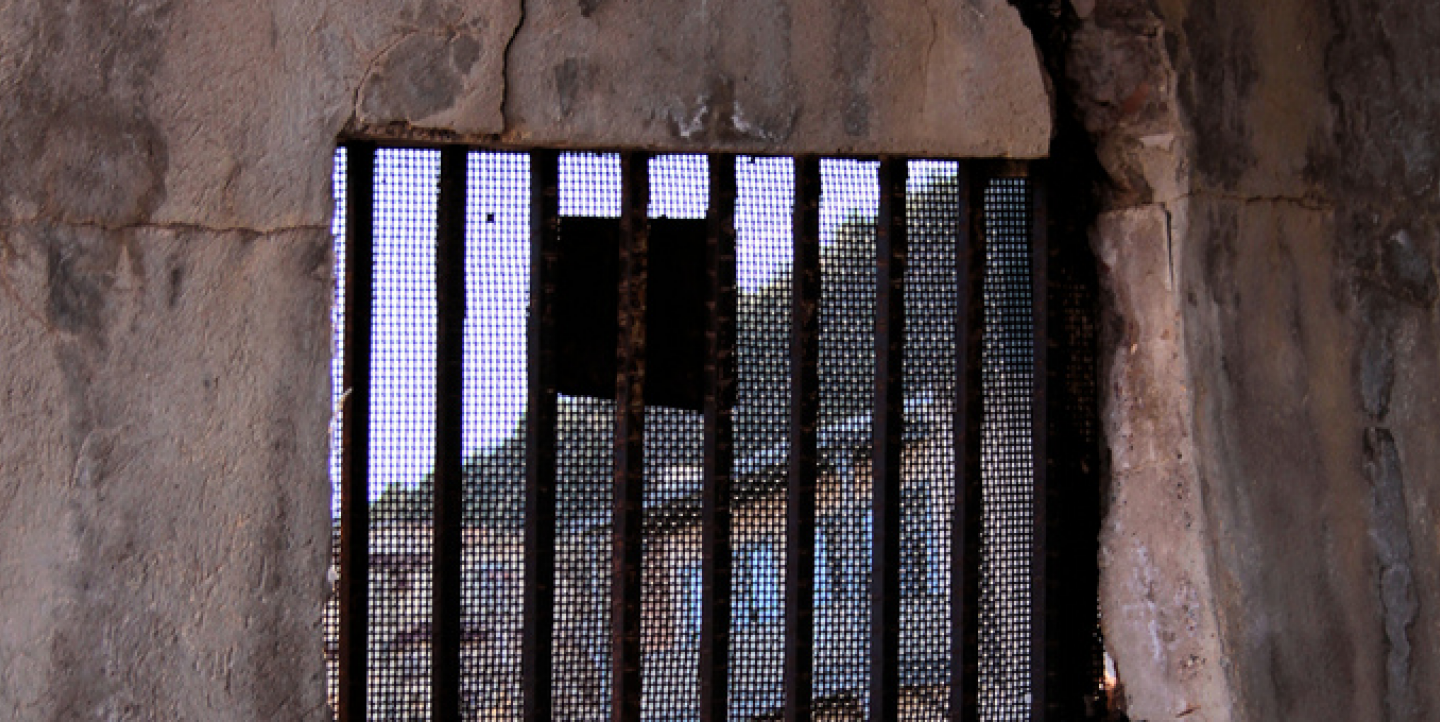When investigative journalists Hisham Allam and Ahmed Ragab at Al-Masry Al-Youm newspaper read reports claiming that Egyptian authorities released 504 prisoners from Marg prison north of Cairo in order to foment chaos during the uprising, they knew there was more to the story.
They launched a six-week investigation to find out what really happened on the ground that day.
Their reporting revealed that Bedouin groups following the orders of Hezbollah and Hamas, as well as the families of prisoners, made the massive jailbreak happen. An English-language version of the investigation is available here.
Police were rumored to be involved in opening the prison doors, but the journalists found out that prisoners had another kind of outside help: people who started fires, fired gunshots and caused confusion. Inexperienced prison police emptied their all of ammunition into the smoke, making it easy for prisoners to walk free.
Allam and Ragab launched their probe at a moment ripe for investigations, since the January revolution left sources more willing to speak to journalists.
“The revolution has given journalists better access to information. The self-imposed fear and censorship is much less now. Everyone speaks up,” said Amr El-Kahky, a Knight International Journalism Fellow who helped create a corps of investigative journalists across the region. El-Kahky acted as a coach and mentor to Allam and Ragab. Before the revolution, “reporters would not have had permission to go to the prison and ask inmates who witnessed the events.”
Still, they faced enormous challenges to their reporting, since many of their sources were fugitives hiding in dangerous places.
“The people who helped Hezbollah and Hamas prisoners escape were people living in the Sinai desert,” Ragab said. “These were people who had worked with them and were known to be involved in trade with them.” The pair faced the daunting task of convincing one of the owners of the tunnels the prisoners escaped from to talk and let them visit the tunnel.
“We had to risk it and we did our best not to show our fear; [We told our sources] that we only came looking for the truth,” Allam said. They also managed to convince the prison’s neighbors and former detainees to confirm the details.
The key finding of the investigation centered on how political prisoners made quick escapes. For example, Ayman Nawfal, commander of the Hamas central Gaza brigade, arrived in Gaza just hours after his escape and Hezbollah member Mohamad Youssef Mansour, known as Sami Shehab, who was serving a life prison sentence in Egypt, fled to Sudan and later arrived home in Lebanon where he was interviewed on TV four days later.
To Allam, the report’s most significant finding was that “there were foreign powers who took advantage of the lawlessness in Egypt during the revolution to liberate their prisoners according to a previously designed plan.”
You can read the original investigation in Arabic here.


